Make the perfect cottage cheese cake with Russian tvorog
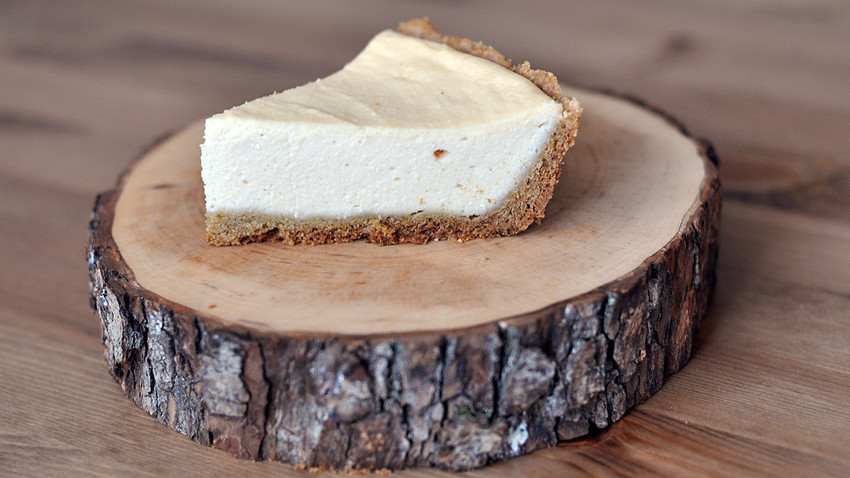
Russia is a paradise for dairy food lovers, with tvorog enjoying immense popularity. Some translate this word as “curd,” while others refer to it as “cottage cheese.” So, what’s the real Russian tvorog? Let’s take a look.
The many faces of tvorog
If you want to find an
The product, which is usually translated as cottage cheese, looks like Russian "homemade cheese" - a crumbly granular masswith a salty taste. There’s also an unsalted cottage cheese in blocks, with cream and jam usually added. Soft tvorog, which is similar to quark or curd, is also made with cream, but it’s not granular and crumbled. If you add raisins and sugar, then you get a curd mass that’s used for pastry fillings, or eaten by the spoonful. Russians also make glazed bite-sized pieces from this mass, a favorite treat for children.
Tvorog is very
Just bake it!
Classic tvorog is often a key ingredient in baking, and there are two very popular dishes that use tvorog: 1)
There’s an interesting theory about why tvorog is referred to as a cheese. In ancient Slavic
Tvorog is also the basis of sweet fillings and topping, for example, the popular "
Tvorozhnik: Cheesecake, Russian style
The cake known as
Ingredients:
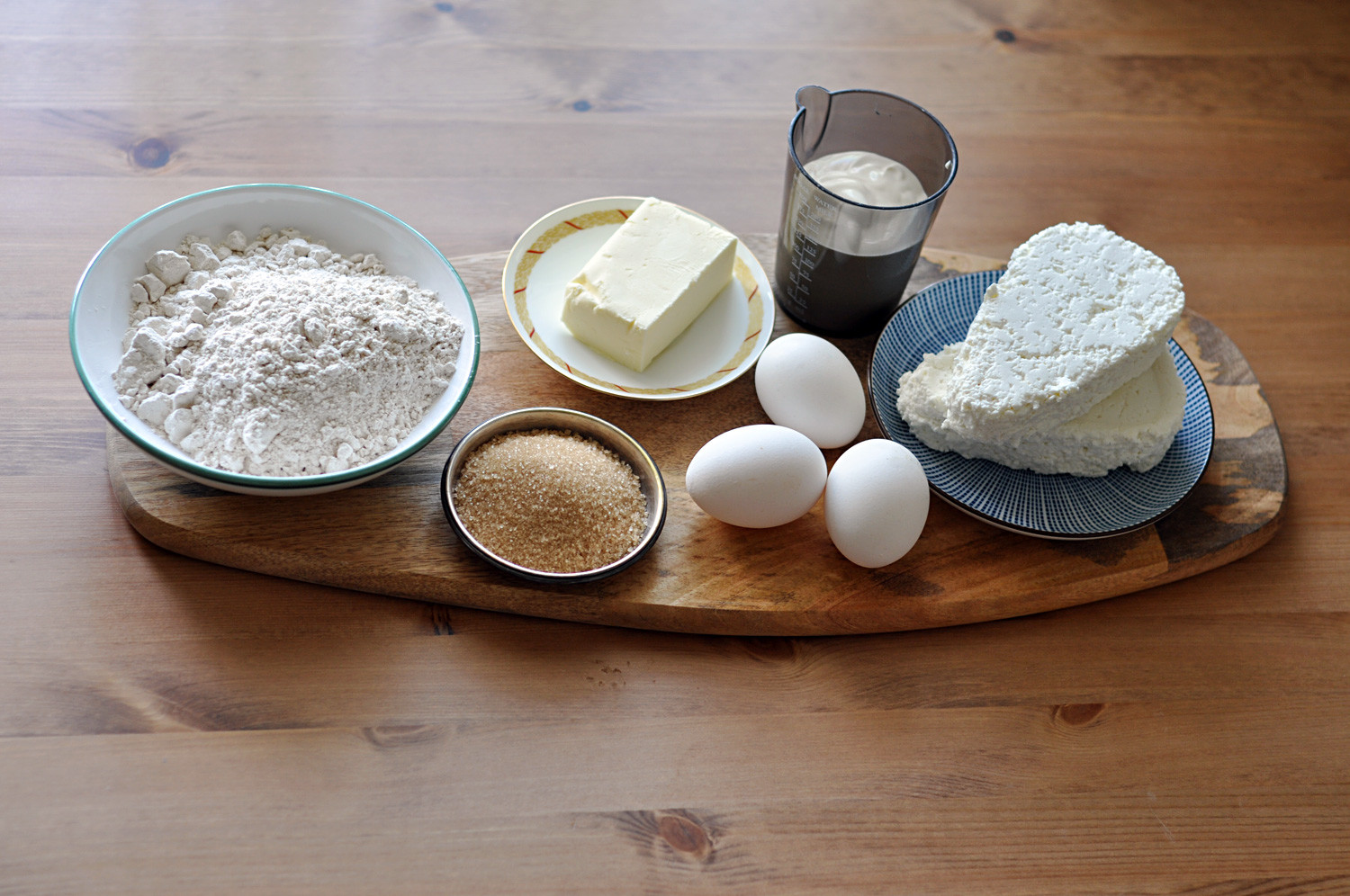
For the dough:
Butter – 80 g
Flour – 160 g
1 egg
1 tbs of sugar
Baking powder
For the filling:
Tvorog – 400 g
Cream 20% fat – 160 g
Sugar – 4 tbs
2 eggs
Starch – 1 tbs
Cooking:
1. Mix the chilled butter and flour, kneading the butter with your hands. Add baking powder, sugar, egg and knead the dough. It should be plastic and not crumble. Leave the dough in a cool place under a towel for 30 minutes.
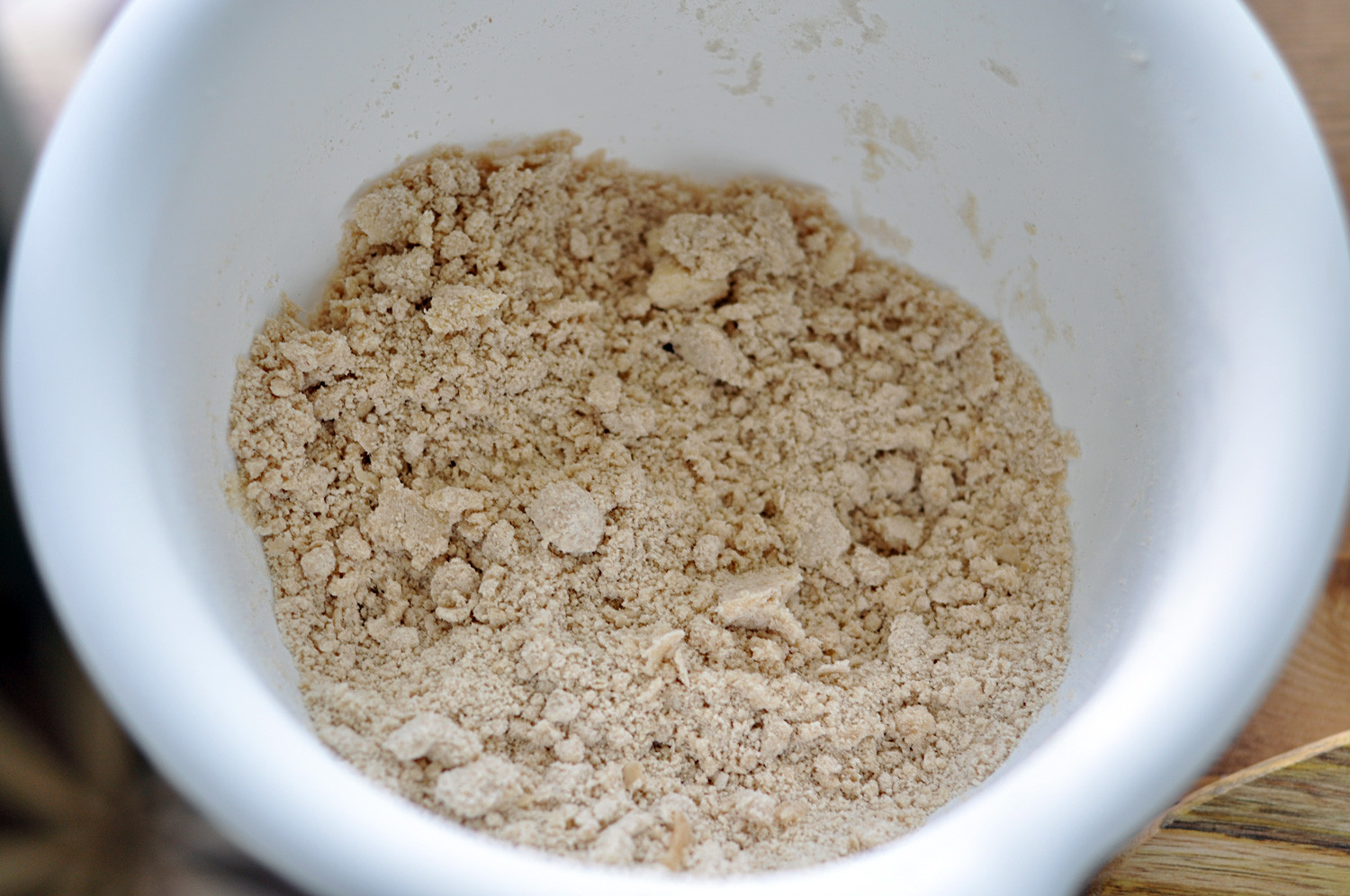
2. Let the dough sit, and make delicious tvorog filling. Separate the yolks from the whites and add sugar. Now, here’s the most difficult part – add the tvorog pressed through a sieve. This makes it airy so that it melts in your mouth. Separately, beat the egg whites with a mixer until stable, and gently add to the mass. Add starch and cream to the filling, and mix from top to bottom until it becomes homogeneous.
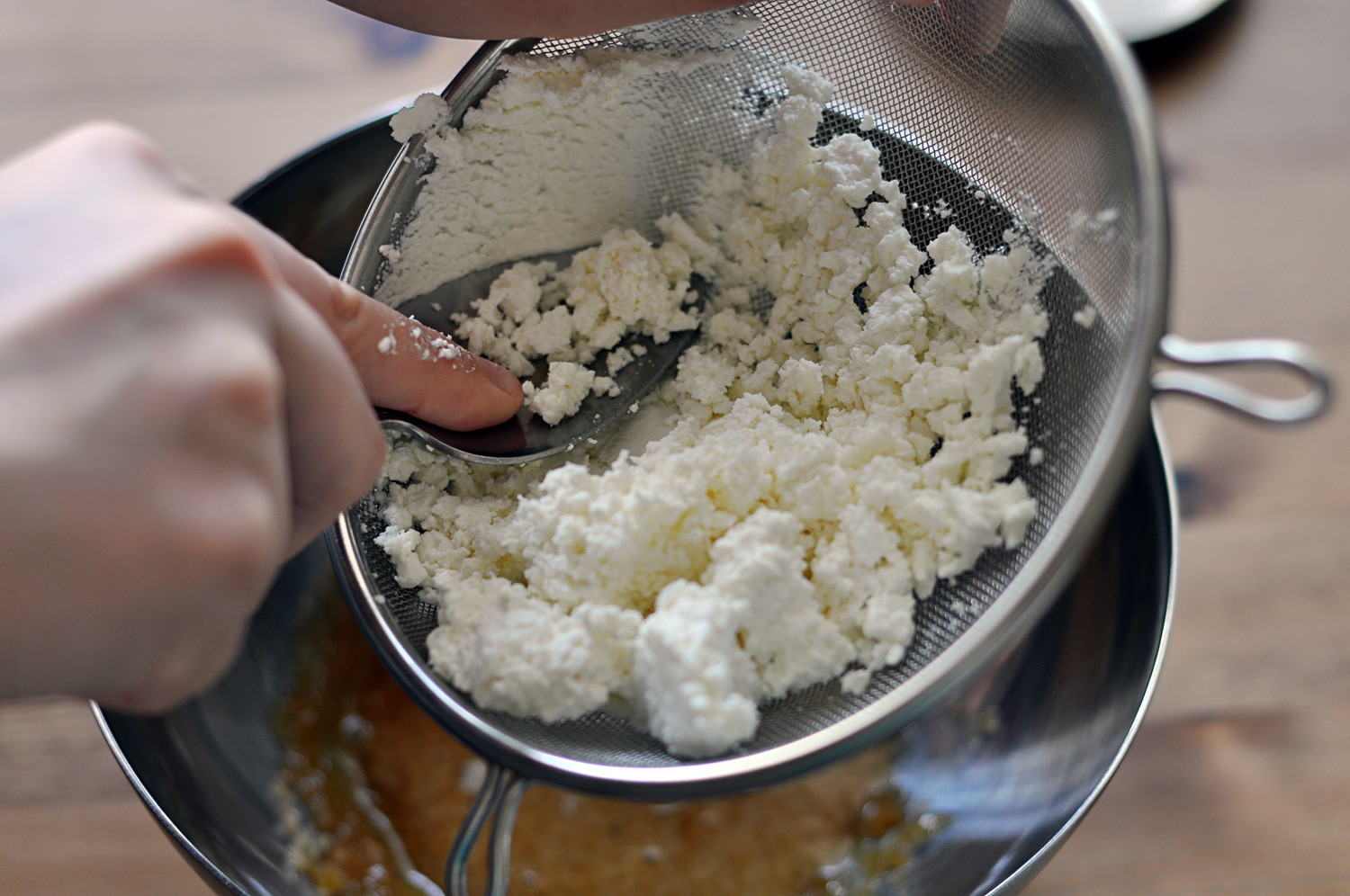
3. The dough is ready, and so take your baking dish, roll out the bottom and form high sides. Ideally, the sides should be at the level of the filling. Add the filling, and put the cake in a preheated 180 degree-oven for 1 hour. In the first 45 minutes do not open the oven. Then, if the cake is almost ready, turn off the oven and leave for a while. It’s recommended not to bake for more than one hour because the dough will be too dry.
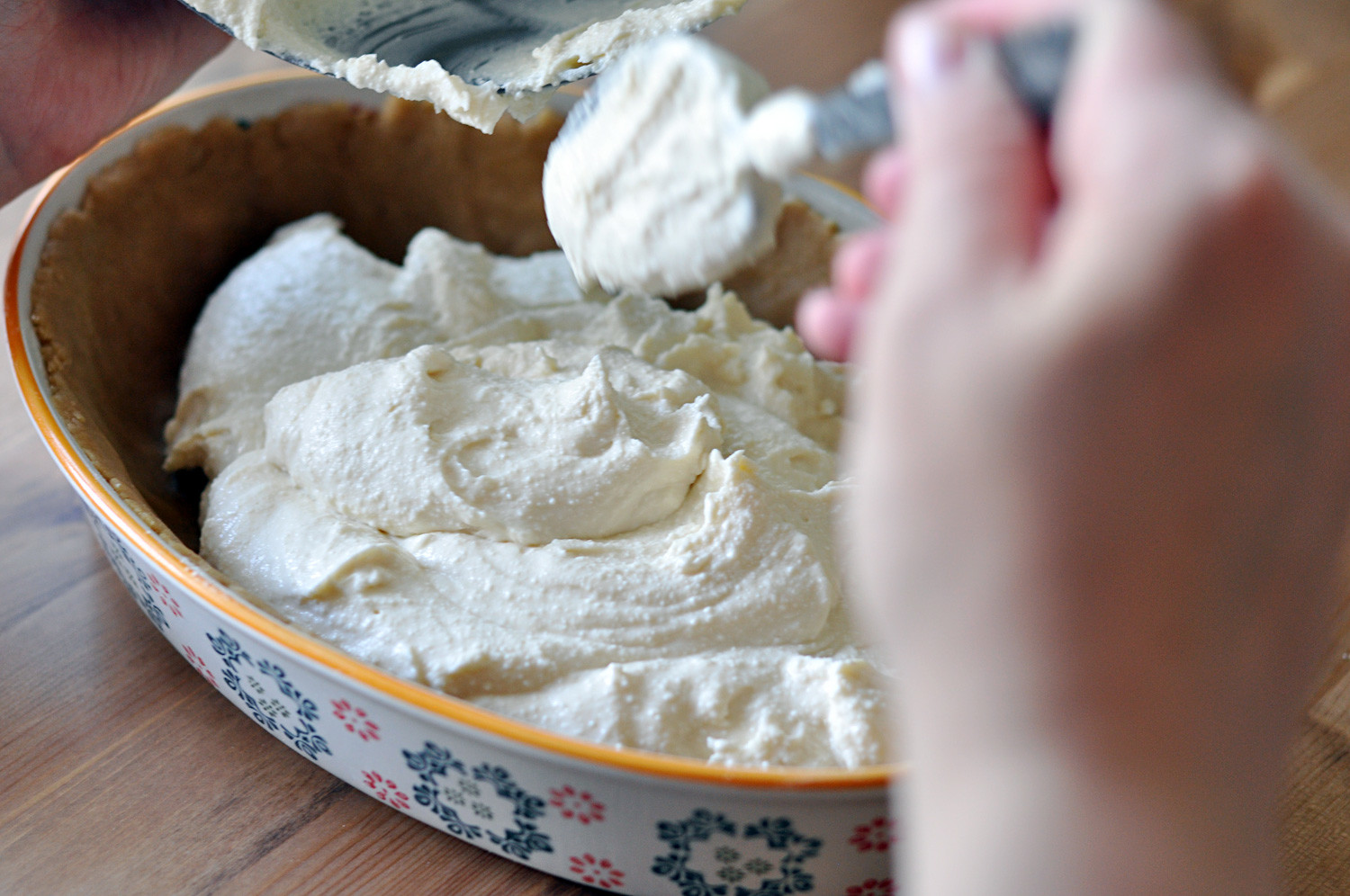
Tvorozhnik should cool slightly, then cut it and serve with jam, berries and sweet sauce. They say it's especially delicious the next day, but we didn’t have a chance to find out because we quickly devoured the cake. If you succeed, however, then write us about it in the commentary section below.
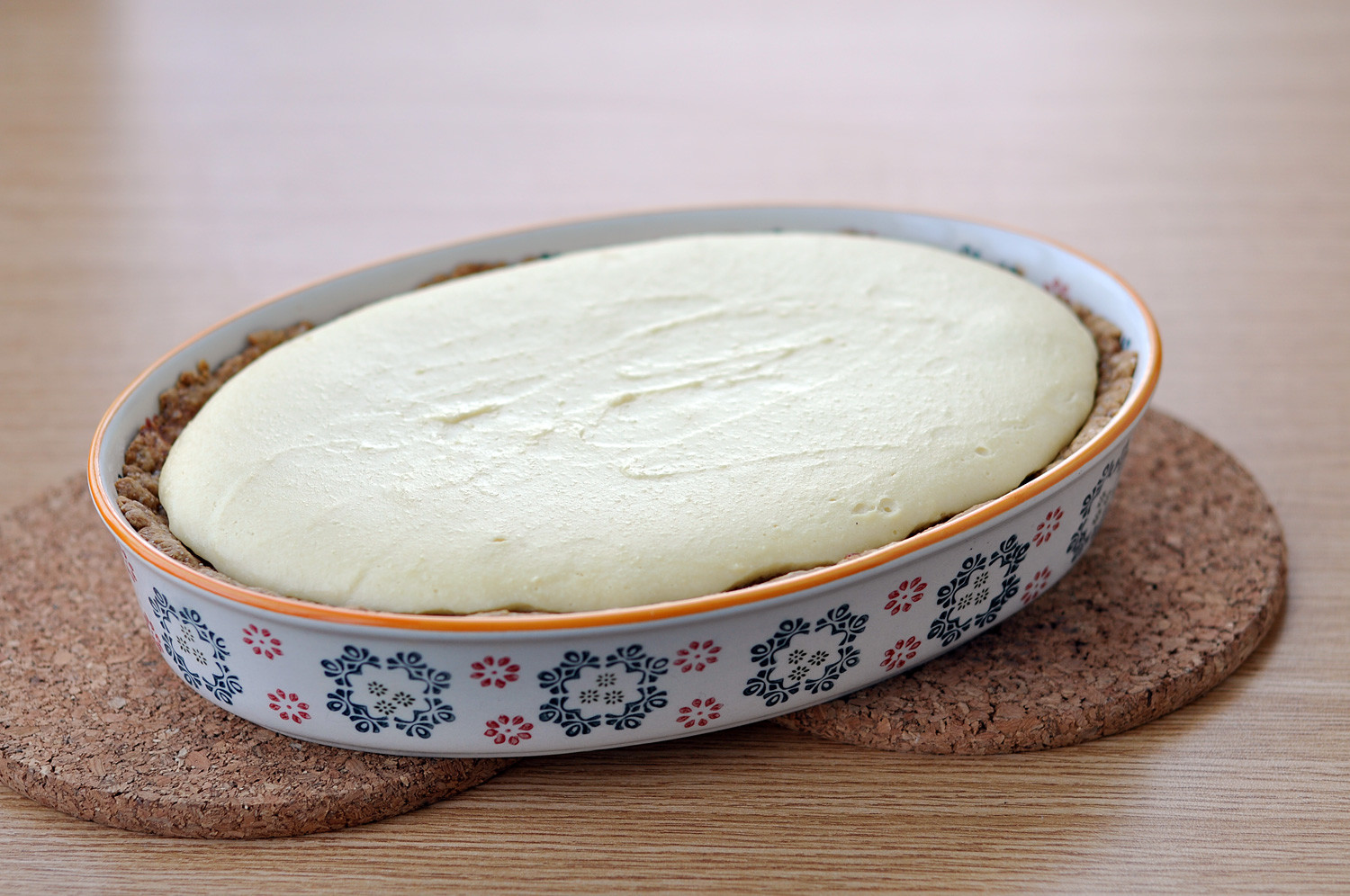
Priyatnogo
If using any of Russia Beyond's content, partly or in full, always provide an active hyperlink to the original material.
Subscribe
to our newsletter!
Get the week's best stories straight to your inbox